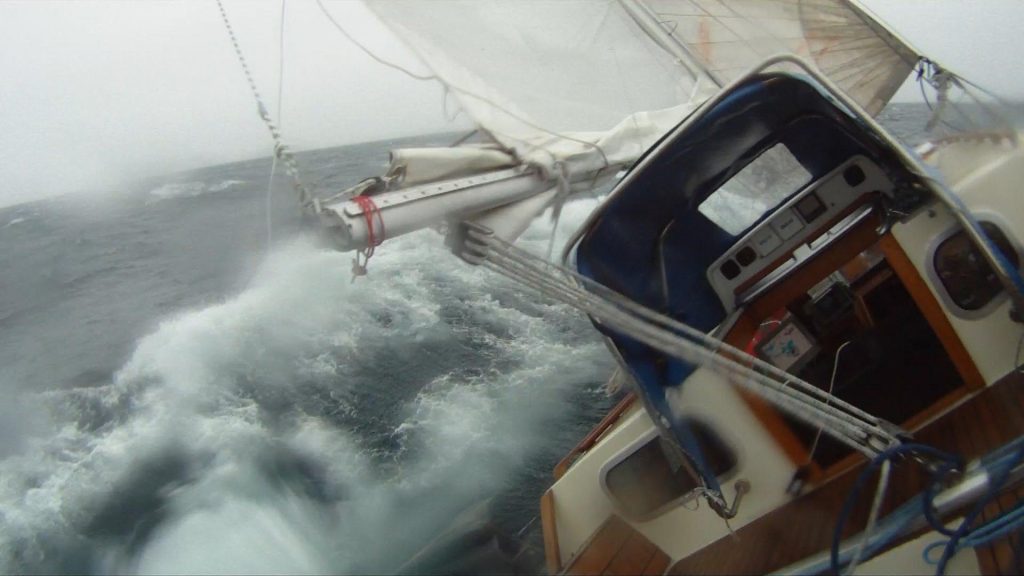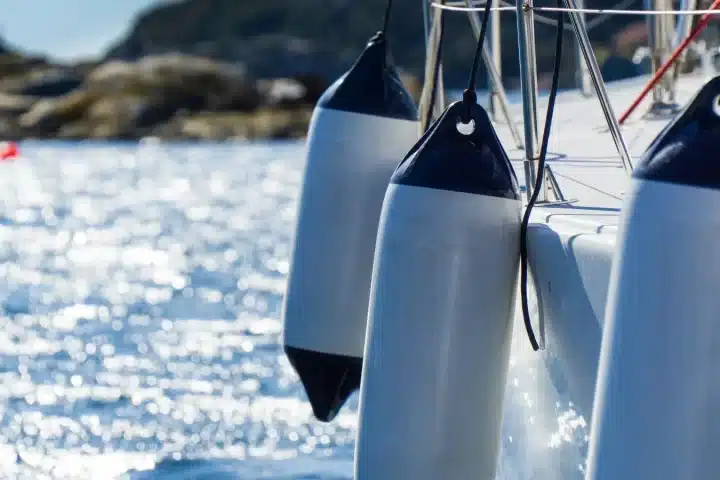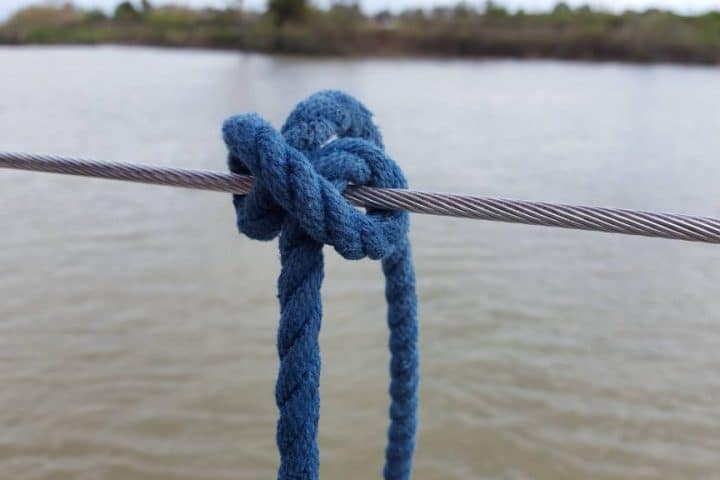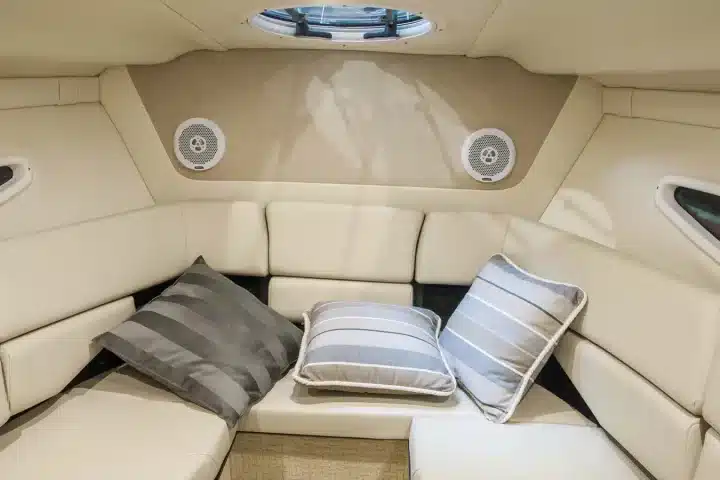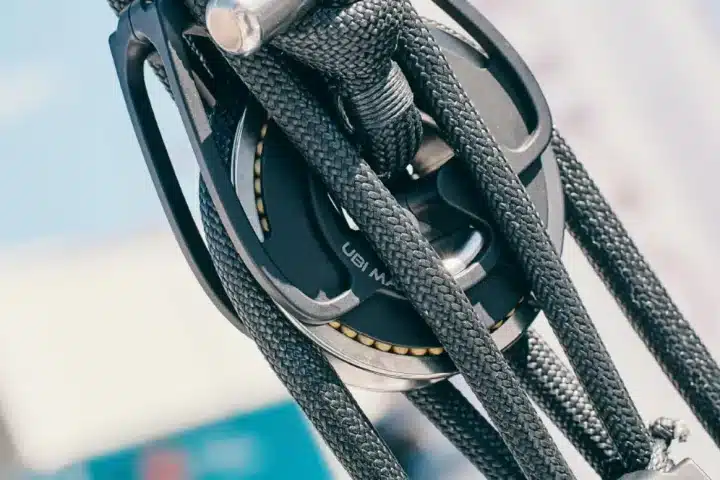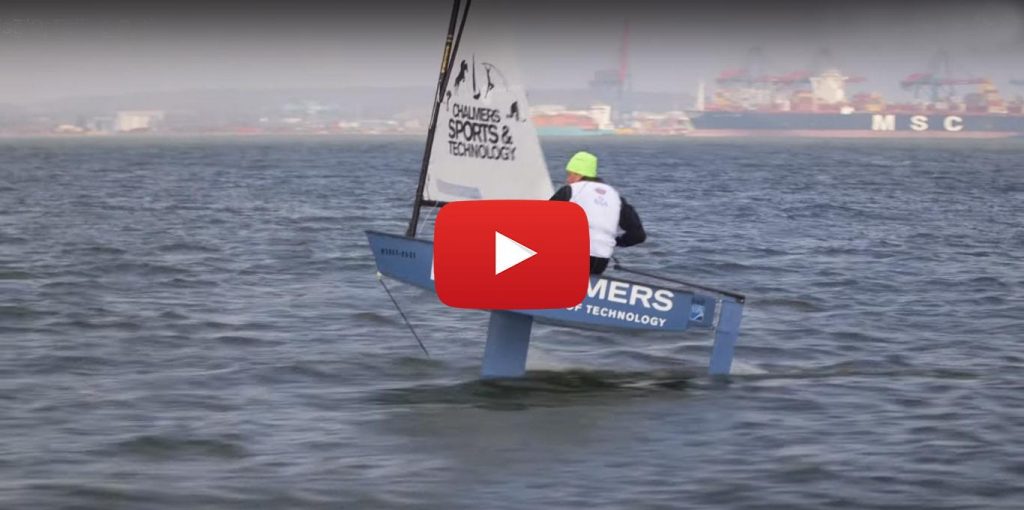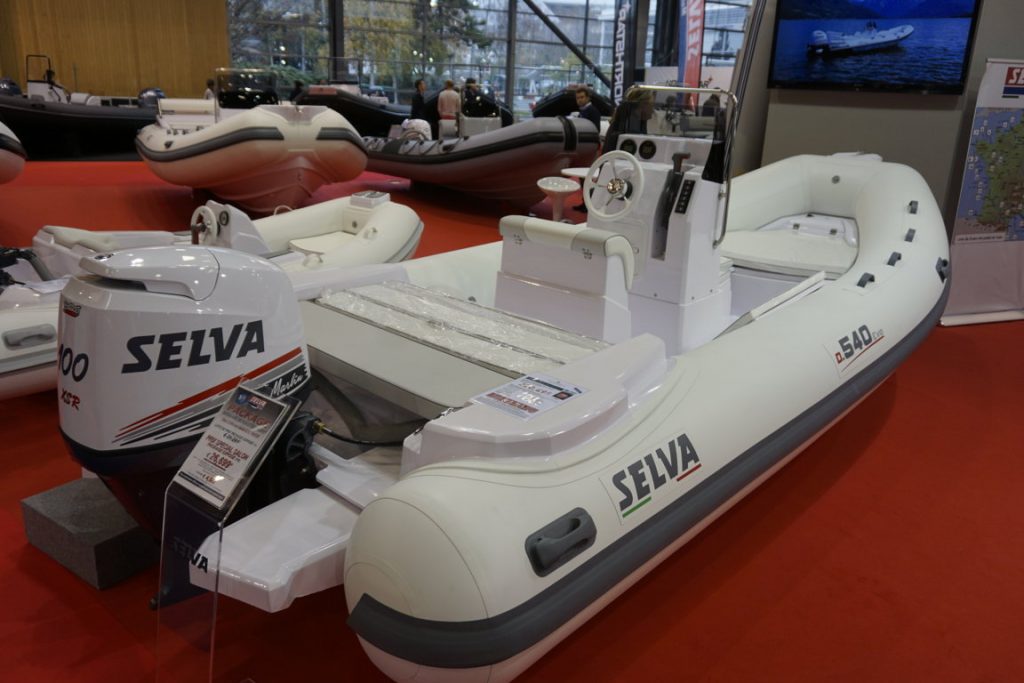We’ve already seen how important is to prepare our boat and crew for heavy weather sailing. Now, it’s time to find out a few, general rules to enjoy a safe navigation in heavy weather without compromising our speed or changing our route. The first, essential thing to do is to reduce the sail area that is exposed to the wind by reefing the sails, reducing the fore sail, rolling the jib or, as an alternative, by replacing the latter with a smaller one or a staysail and adjust the position of both jib and mainsail carriages.
If you are sailing close hauled – in other terms, the most demanding situation for both boat and crew – and weather conditions enable you to do that, the most desirable situation is that both wind and sea come from the same direction. This way, you can keep the angle to the wind more easily and fight the waves with an around 45-degree angle.

Things are little more complex if the wind and the sea direction don’t coincide. In this case, the above-mentioned method is equally recommended even if this might mean to bear away a little more.
If, on the contrary, we are on a beam reach, navigation can become less comfortable and, above all, less safe. Every passing wave may roll the boat badly and the threat of a knockdown or capsize might be highly concrete. In this case, we can try to minimize rolling, especially when high waves approach, by quartering large seas and luffing again after the bow has gone through the crest of wave. If, on the contrary, the wave that is approaching to us is too steep, the best solution is to luff on the crest and bear away again when our boat is in the cavity of the wave.
Handling a boat in a following sea and wind is difficult and represents a situation which can get even the most experienced helmsmen into trouble. Broad reach is the most recommended point of sail and the first tactic you should adopt is to quarter both wind and sea. Even in this case, however, rolling is disturbing and the thread of yaws or Chinese gybes is high. Yaws are generally caused by violent rolls downwind while Chinese gybes are usually provoked by sudden, violent rolls carried out upwind. The helmsman has no choice but to try to counteract the loss of control by bearing away in the first case and, viceversa, by luffing in the second one.
If you are using a spinnaker ( but if you are escaping a storm, we hope not), the first thing to do is to depower the sail.
The safest technique is to lower the mainsail and thus keep on sailing with a small jib or, in the event of a strong squall, with a storm one. The absence of the mainsail indeed minimizes the risk of yaws.
The helmsman is required to be perceptive enough to feel the approaching wave come and steer the boat adequately, by bearing away and then luffing again when the wave is passed under the hull.
Another insidious enemy is represented by the apparent wind when it is less powerful than the true one. The risk of a false perception of the real conditions is double. On one hand, the crew might not be promptly enough to reduce sails; on the other one, you should be careful not to sail underpowered, especially if your boat features conventional waterlines and an underperforming stern.
In all three cases, weather conditions are bad yet not impossible. In the next few days, we will see what we can do if things go so bad that it’s better to escape heavy weather.
